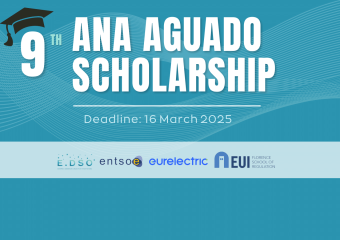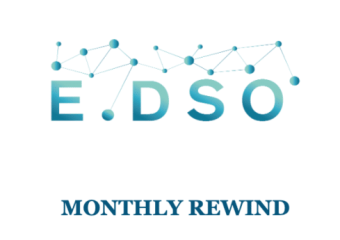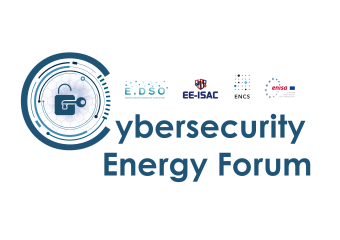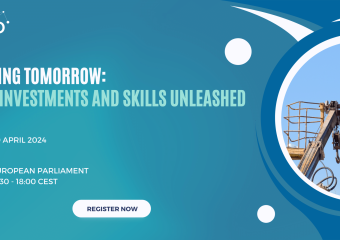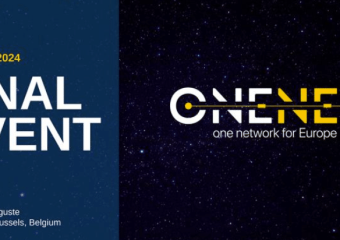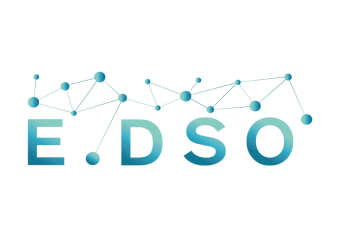Engaged Customers driving the energy transition
Engaged Customers driving the energy transition
16 June 2016 from 09h00 to 10h30
Join us for EU Sustainable Energy Week @ Brussels, Belgium Charlemagne, Mansholt
The development of renewables together with the digitalisation of the power system have made possible a paradigm change at the European system level. The growing need for flexibility makes customers the key enabler of the energy transition. They are now playing a more and more active role in the energy market through smart network, smart home and new services, taking ownership of the way they use and consume their electricity.
The Energy Union, from its inception, has given the customer a central role. The forthcoming update of the energy legislation, the so-called ‘Winter Package’, will further develop the regulatory framework for active customers.
In this event, five European organisations representing key stakeholders of the electric system (ENTSO-E, EDSO for Smart Grids, CEER, SEDC and the IDEAS Platform), join forces to support the active consumer paradigm and explore the various ways in which customers themselves can drive the energy transition.
The event will showcase innovative examples and recommendations on how the customers can engage, benefiting from the smarter energy markets. In particular, it will highlight:
The role of demand-side flexibility in achieving EU energy objectives.
- The need for active customers to participate in all markets, including the balancing markets through enhanced cooperation between transmission and distribution levels;
- Smart meters benefits in providing accurate and secure data on energy consumption, while enabling customers to make smart choices helping them to save money and energy;
- Best practices on sharing experiences and conducting market monitoring, making sure that Europe’s energy markets are delivering the promised benefits to customers;
- Challenges and opportunities of customer engagement in the use of new technologies such as smart homes, self-consumption and storage.
The ensuing debates will focus in particular on answering the following questions:
Why engage customers?
Based on examples, how to foster customer participation?
What are some of the key recommendations for policymakers?



